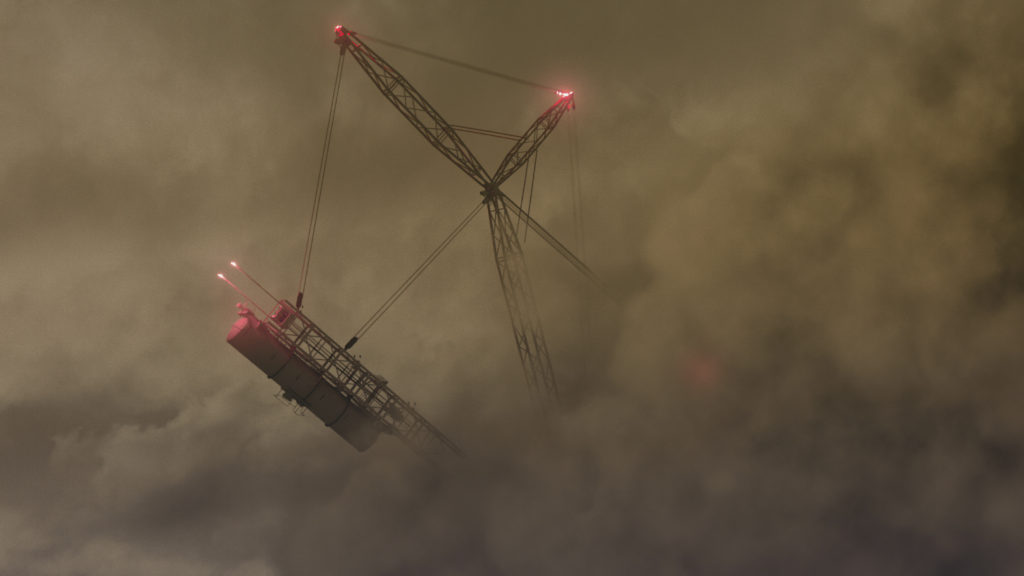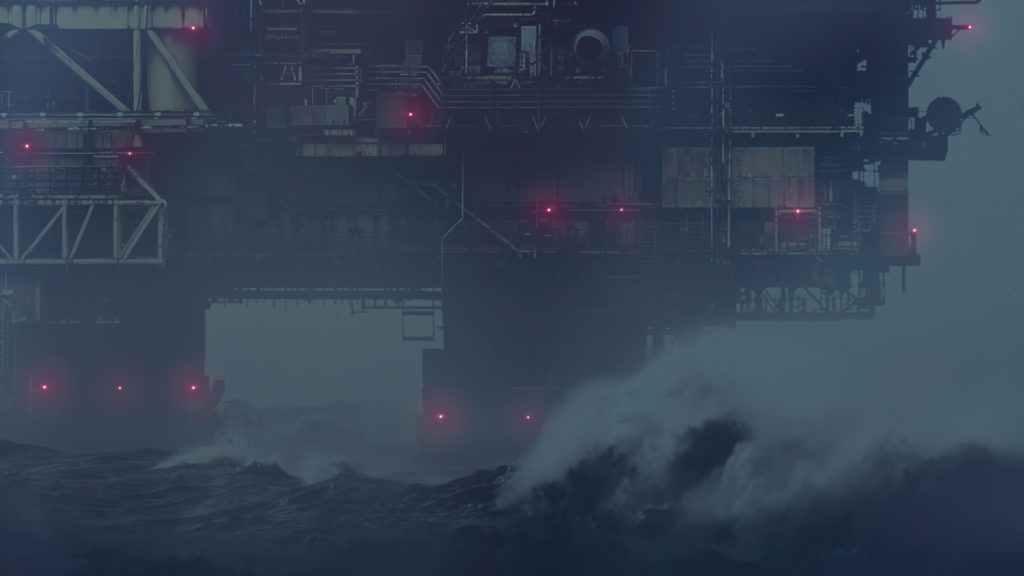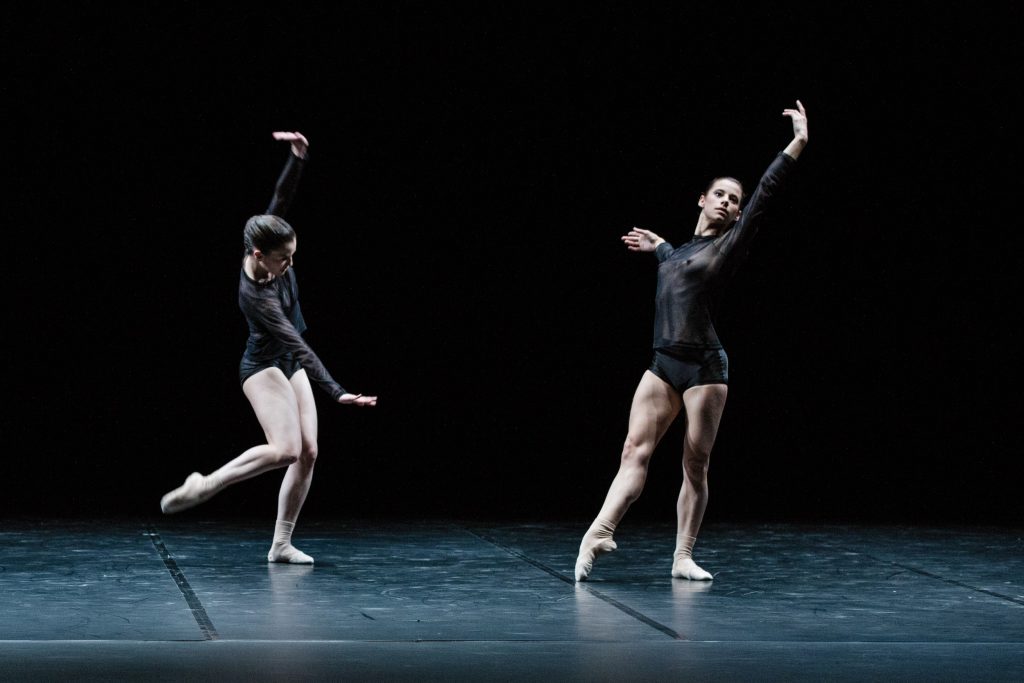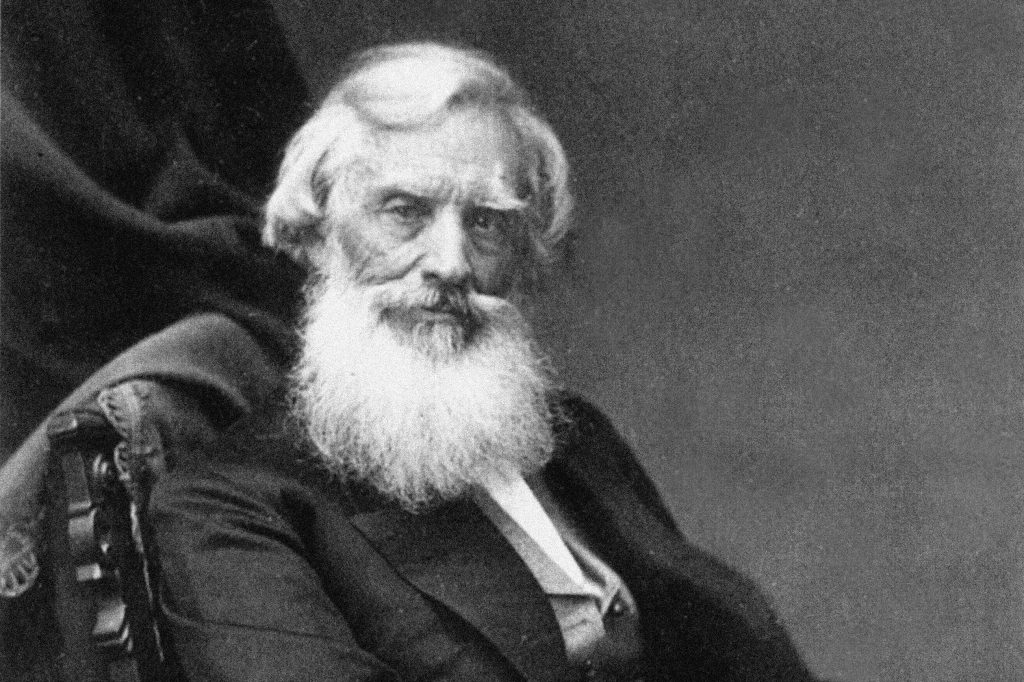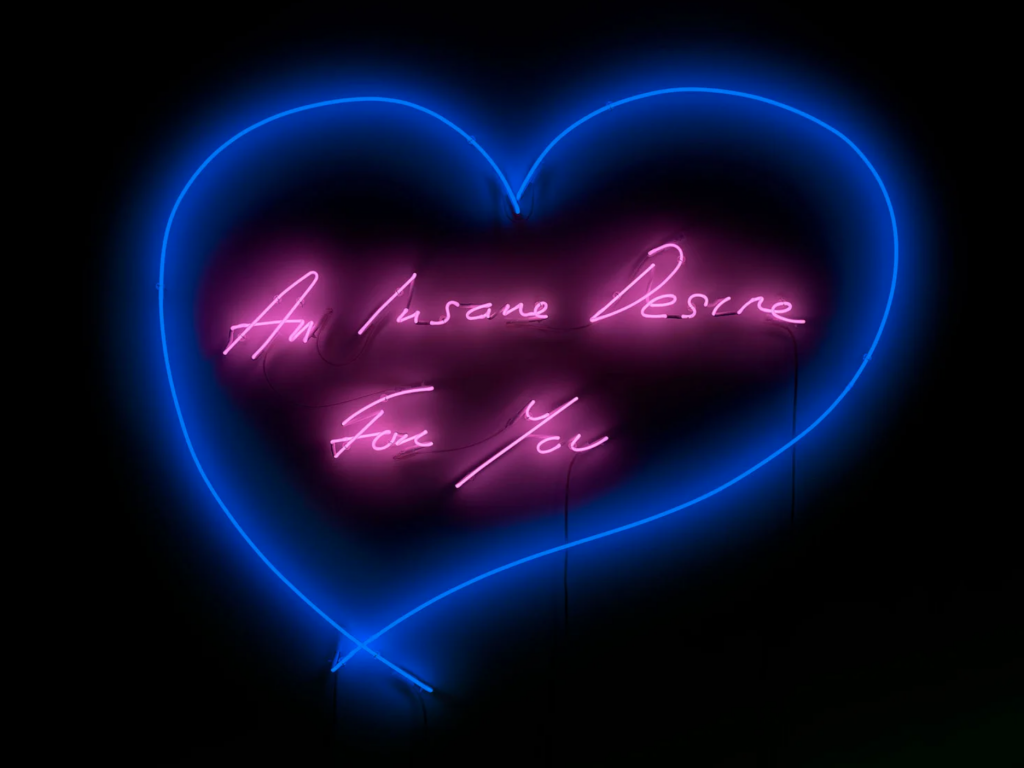Introductory note on basic IT
It is often said that in a family there is always a need for a lawyer and a doctor: martyrs whom everyone turns to in times of need To these I would like to add one more: the IT expert. The advantage of having a family member working in IT is undeniable: not only for the obvious practical implications, but also for the chance to come across interesting and curious facts.
Just a few words on overwriting:
In the words of the Garzanti dictionary, overwriting a file is the act of replacing a file ‘with another file that has the same name but contains more up-to-date data’.
Probably the reason why this particular definition stuck with me is for the simple fact that, although we are dealing with technology, it seemed a particularly human practice. Overwriting does not mean deleting: it is a replacing-adding, it is an updating – acting more or less in depth – keeping the name and identity intact.
Liam Young: a brief introduction
It is never easy to describe a person’s life and work in a concise and meaningful way. The words that emerge most frequently from a search for the Australian Liam Young are ‘designer’, ‘speculative architect’, ‘filmmaker’ and in particular ‘world builder’; his BAFTA nominations, books, participations and academic contributions do not escape one’s notice, nor do his countless other projects that appear to follow a very precise direction. His research moves between the spaces of fiction and documentary and is an attempt to design worlds of the future, guided by his attention to very topical issues such as the environment.
Particularly relevant is his work Planet City, from 2021, which seems to provide all the necessary coordinates to be able to move easily through the director’s artistic work. A book, film and virtual reality experience, it presents a ‘fictional city for the entire population of the Earth’.

“Planet City explores the productive potential of extreme densification, where 10 billion people surrender the rest of the planet to a global wilderness. […] It is a work of critical architecture – a speculative fiction grounded in statistical analysis, research and traditional knowledge”
A utopian space, the result of collaboration between experts, scientists, proposing an innovative way of experiencing our planet A guest of Ted Talk, Young describes the scents, the sensations, the harmonious living of countless cultures, in perfect balance between technology and nature.
Biennale Architettura 2023: General Characteristics
The Architecture Exhibition of the Venice Biennale 2023, The Laboratory of the Future, aims to be a platform for meeting and exchange opportunities for practitioners (an umbrella term chosen to more comprehensively cover architects, urban designers and collaborators of participating firms) from all over the world, focusing on two major themes: decolonisation and decarbonisation.
Writer and architect Lesley Lokko, curator of the exhibition, looks at the future and new methods of living it in a sustainable and more complete way, thus linking it to other themes such as human rights, cultures, knowledge.
Once one knows the overwriting, it is not difficult to read Lokko’s intentions in this key, observing the curator’s attempt in the direction of an updating of the term and meaning of the role of architect. She defines the history of architecture as ‘incomplete’: incomplete in that the predominant voice to date has been one-sided, partial. This year’s Biennale is a project that brings in new voices and new points of view, which until now have been in the background or even missing.
If one continues to read through the aforementioned lens of analysis, it is not difficult to understand why Liam Young appears rather interesting and in line with the project.
Liam Young at the Biennale 2023: The Great Endeavor
The 18th. International Architecture Exhibition presents Young’s latest short film: The Great Endeavor.
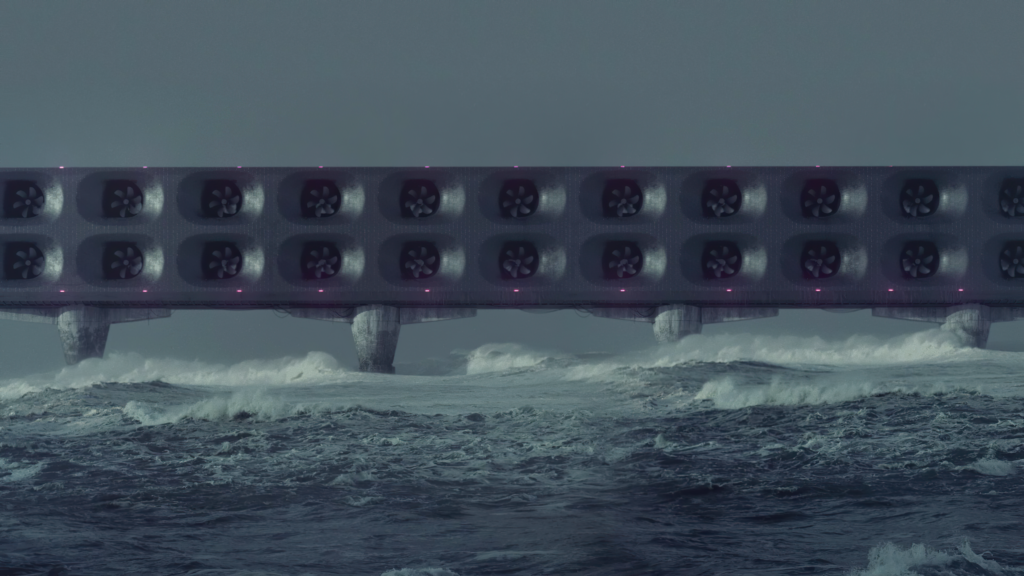
As with Young’s previous projects, the director is supported by a large team of scientists, experts and technologists, with whom he brings to life the vision and design of a possible future. Focusing on the topic of carbon dioxide emissions, the panorama of an ‘infrastructural imaginary’, a collective planetary response, is presented.
In a room exclusively dedicated to the projection, supported by Lyra Pramuk’s highly evocative and enveloping music and the concrete presence of innovative work clothes – creations by costume designer Ane Crabtree, the short film is solemn and immersive. It narrates a world characterised by immense facilities – located in the heart of the ocean, in the middle of a desert – designed to remove carbon dioxide emissions.
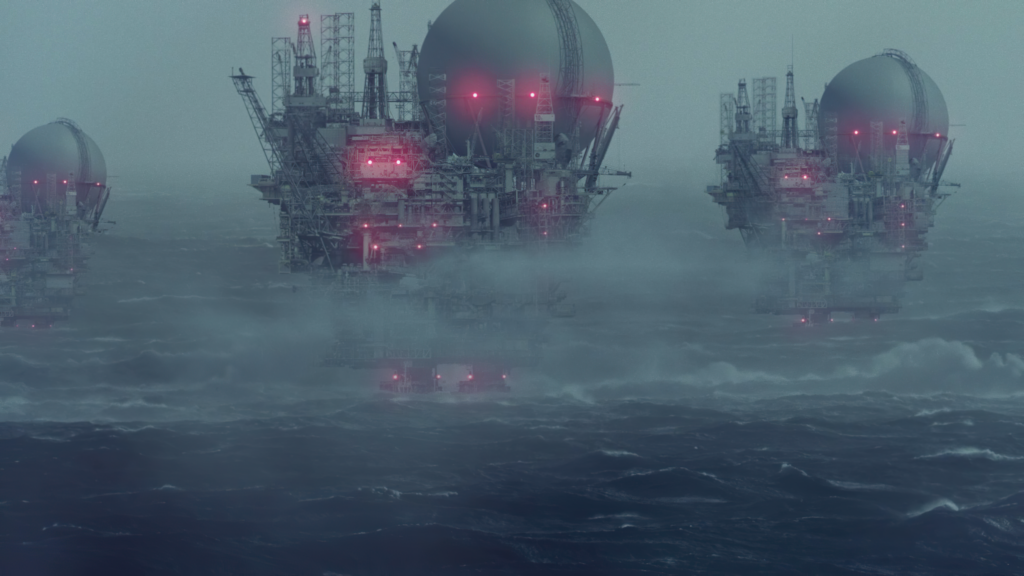
Once again, it is possible to find in it the strength of the Australian director’s work, namely his great evocative capacity: the ability to make a hopeful idea visible His overwriting takes action in his way of making visible the idea of a possible, attainable future, dragging the spectator with him on his mission towards a correct handling and elaboration of emissions: allowing the spectator, more than anything else, to believe it is possible.
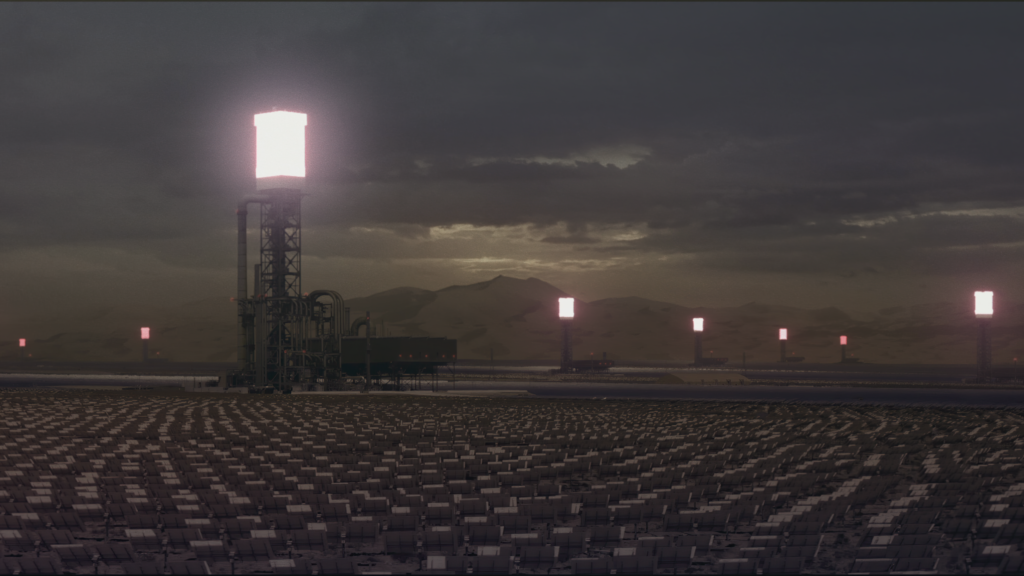
“So often when we see the future depicted in Hollywood science fiction it’s a dystopia, a cautionary tale […] we are so used to stories that are meant to be scaring us straight. But across time we have realized that actually those stories – they don’t really change our behavior: what they do is paralyze us.” (Liam Young, interview for the National Gallery of Victoria)
Closing remarks: architecture as an overwriting practice
Lokko’s project is an invitation to imagination – a component, this one, essential for an attempt at overwriting – which is concretised in the display of a variety of visions for a possible architectural practice of tomorrow.
Imagination, in this context, can be seen as an overwriting that springs from optimism: it is ultimately possible to observe how Young’s project, with its world-building method, proves to be extremely compatible with the core purpose of the exhibition. In the words of the curator:
“Central to all the projects is the primacy and potency of one tool: the imagination. It is impossible to build a better world if one cannot first imagine it.”
